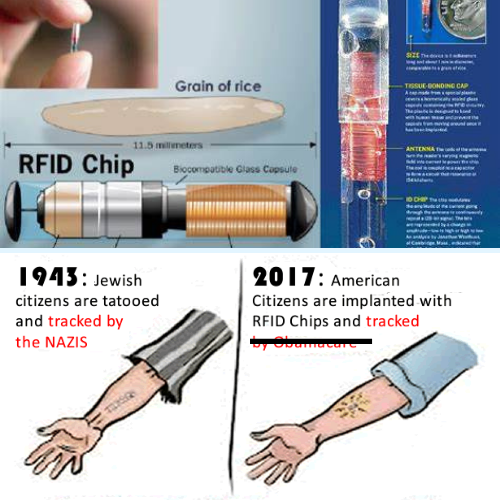- Overview
- Remotely Activated Mobile Phone Microphones
- Automobile Computer Systems
- Audio from Optical Sources
Overview
A covert listening device, more commonly known as a bug or a wire, is usually a combination of a miniature radio transmitter with a microphone. The use of bugs, called bugging, is a common technique in surveillance, espionage and police investigations.
Self-contained electronic covert listening devices came into common use with intelligence agencies in the 1950's, when technology allowed for a suitable transmitter to be built into a relatively small package. By 1956, the U.S. Central Intelligence Agency was designing and building "Surveillance Transmitters" that employed transistors, which greatly reduced the size and power consumption. An all solid-state device had low enough power needs that it could be operated by small batteries, which revolutionized the business of covert listening.
A bug does not have to be a device specifically designed for the purpose of eavesdropping. For instance, with the right equipment, it is possible to remotely activate the microphone of cellular phones, even when a call is not being made, to listen to conversations in the vicinity of the phone.
Remotely Activated Mobile Phone Microphones
Mobile phone (cell phone) microphones can be activated remotely, without any need for physical access. This "roving bug" feature has been used by law enforcement agencies and intelligence services to listen in on nearby conversations. A United States court ruled in 1988 that a similar technique used by the FBI against reputed former Gulfport, Mississippi cocaine dealers after having obtained a court order was permissible.
Automobile Computer Systems
In 2003, the FBI obtained a court order to surreptitiously listen in on conversations in a car through the car's built-in emergency and tracking security system. A panel of the 9th Circuit Court of Appeals prohibited the use of this technique because it involved deactivating the device's security features.
Audio from Optical Sources
A laser microphone can be used to reconstruct audio from a laser beam shot onto an object in a room, or a window.
Researchers have also prototyped a method for reconstructing audio from video of thin objects that can pick up sound vibrations, such as a houseplant or bag of potato chips.















